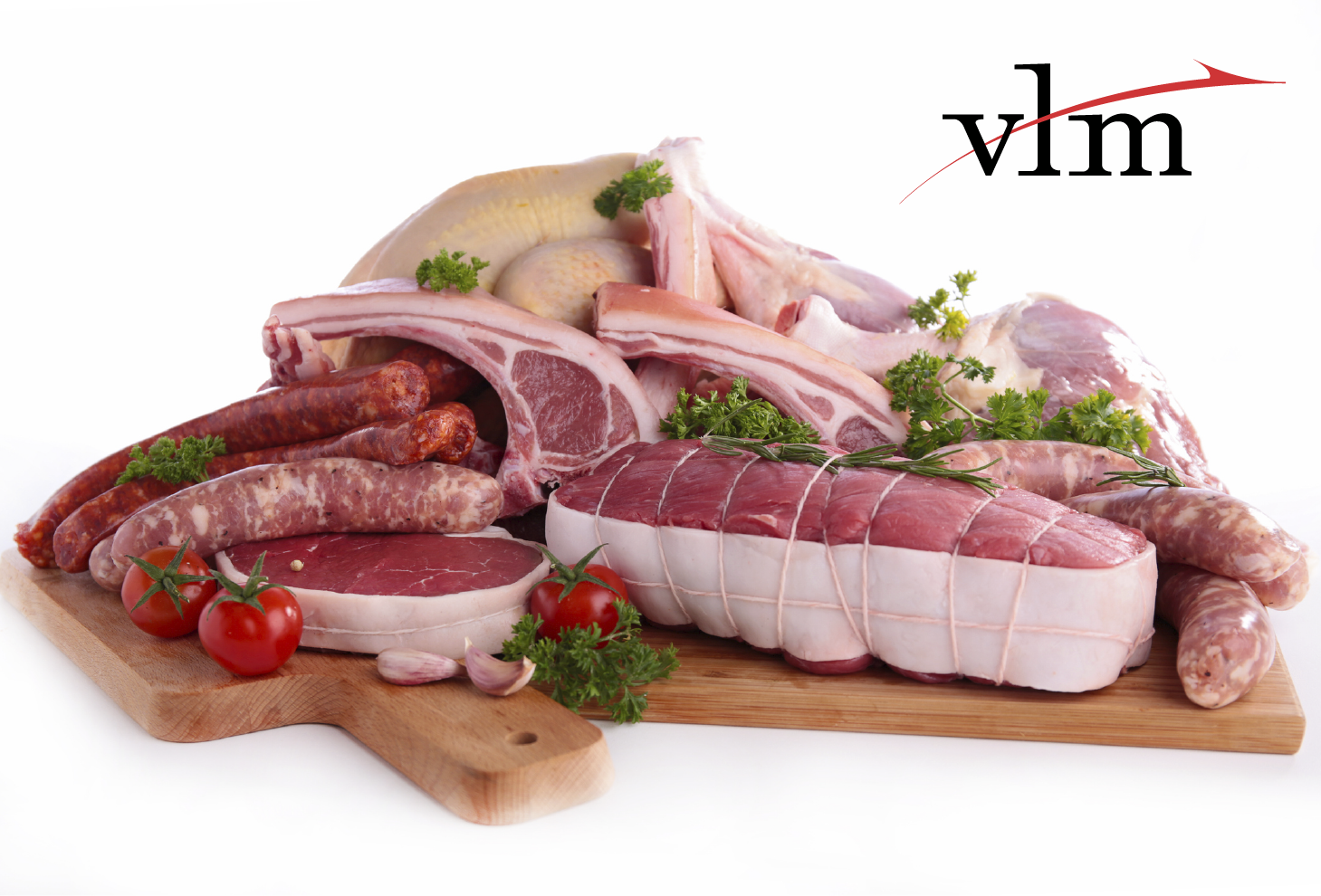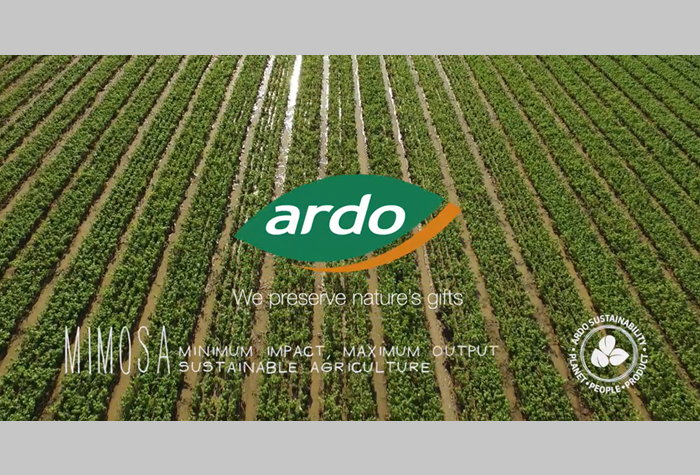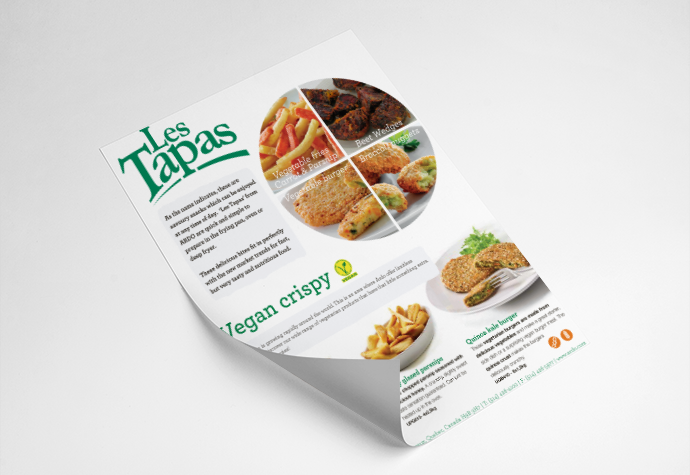It seems that regardless of the all political turmoil in USA and around the world, the meat industry will continue to grow. As per USDA projections: production of beef and pork will expand steadily up to 2025 and meat consumption is likely to increase over the next decade as production of beef and pork grows (driven by lower feed costs and strong meat demand domestically and abroad) and prices to decline. Together, beef and pork production are projected to grow by 11.7% and 10.3%, respectively, during this period.
Meanwhile, the National Chicken Council and the Organisation for Economic Co-operation and Development are reporting that consumers are eating more poultry than ever. In the USA consumption was around 108 lbs per capita in 2016. According to the USDA, consumption is estimated to increase in the future, 109 lbs per capita is projected for 2017. Other good examples of increased poultry consumption, from around the world, are Saudi Arabia 90.8 lbs; Peru 82.2 lbs; Malaysia 91.3 lbs; Brazil 89.3 lbs and Israel 127.6 lbs per capita.
Meat trends for 2017
What kind of meat trends can we expect for 2017 and beyond? According to Innova Market Insights (Top Ten Trends list for 2017) their recent research lists “clean supreme” as the top food trend – meaning consumers are demanding for clean and clear labels, plus environmentally-friendly products and animal welfare care. This trend is followed by “Disruptive green”: “As plant-based milks, meat alternatives and vegan offerings have rapidly moved into the mainstream, consumers are looking for innovative options to take the inherent benefits of plants into their daily lives” – the company states. In other words, animal welfare, health, the environment, and supply chain transparency will continue to present challenges and opportunities to marketers of meat, poultry, and substitute products. Also, in recent research from Nielsen and the Wall Street Journal showed that consumers with disposable income are focusing on premium products such as organic, grass-fed, and cage-free meats.
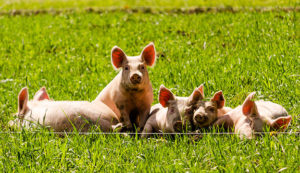
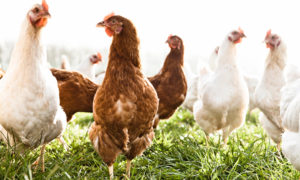
Meat Snacks
If you have seen companies like Matador (Jerky Sticks), Brooklyn (Biltong), Lorissa’s Teriyaki Chicken, Paleo Valley (Beef Sticks), Epic (Chicken Sriracha Bar) you are witnessing good examples of jerky products, snack sticks and meat bars with every taste and texture of fusioned cuisines and flavors from around the world that are invading the shelves. Seems like consumers are snacking more. According to research from the International Dairy-Deli-Bakery Association, 83% percent of consumers are snacking daily, versus to 76% in 2014. It seems that people are choosing meat as snacks – and I believe that these numbers will continue to grow in the near future.
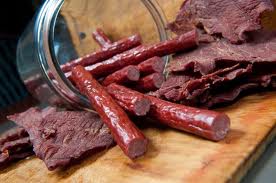
Flexitarians & Meat-Free Innovations
As per a Food Navigator article, consumers that are willing to reduce their meat intake due to health or environmental reason are also known as Flexitarians; but the reality is that a significant number of consumers are opting for meat-free, vegan or vegetarian diets, and the industry is well aware, so we have a new trend of a vast variety of meat-free products that allows them to enjoy the familiar flavor of comfort foods like bacon, chicken nuggets and burgers without eating meat. The continuing innovation in this category is even winning over committed meat-lovers, particularly those seeking healthy forms of protein regardless of its source. Here are a few examples from Google that I could find: from tons of Quinoa and Chickpeas-based burgers recipes (including those from Martha Stewart) to Kellog’s Soy-based burgers with their Morning Star Farm brand to UK’s Quorn Food, with their innovative Mycoprotein-based Chicken tenders.
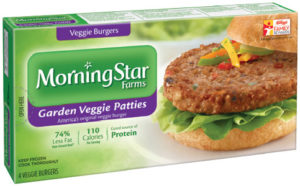
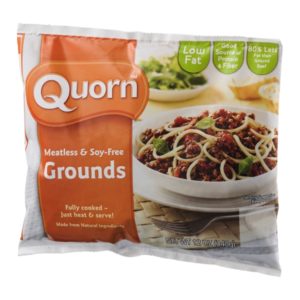
Whatever way you look at it, meat is definitely a trendy contender for 2017 and the years to come.

